Q&A: Mathias Ball
Mathias Ball is a Canadian trans-identified illustrator from a small town on the coast of Lake Huron. He is a Sheridan College alumni, graduating from the illustration program in 2020.
Mathias is known for creating work that utilizes warm, bright colours and cute characters, especially dogs. They create work that draws inspiration from nature and emotion, approaching each project with enthusiasm and curiosity.
In addition to the various fields of illustration Mathias has worked in, including narrative, editorial and book illustration, they are currently running their own small business, Sulkypup, where his playful illustrations can be found on apparel and stationery.
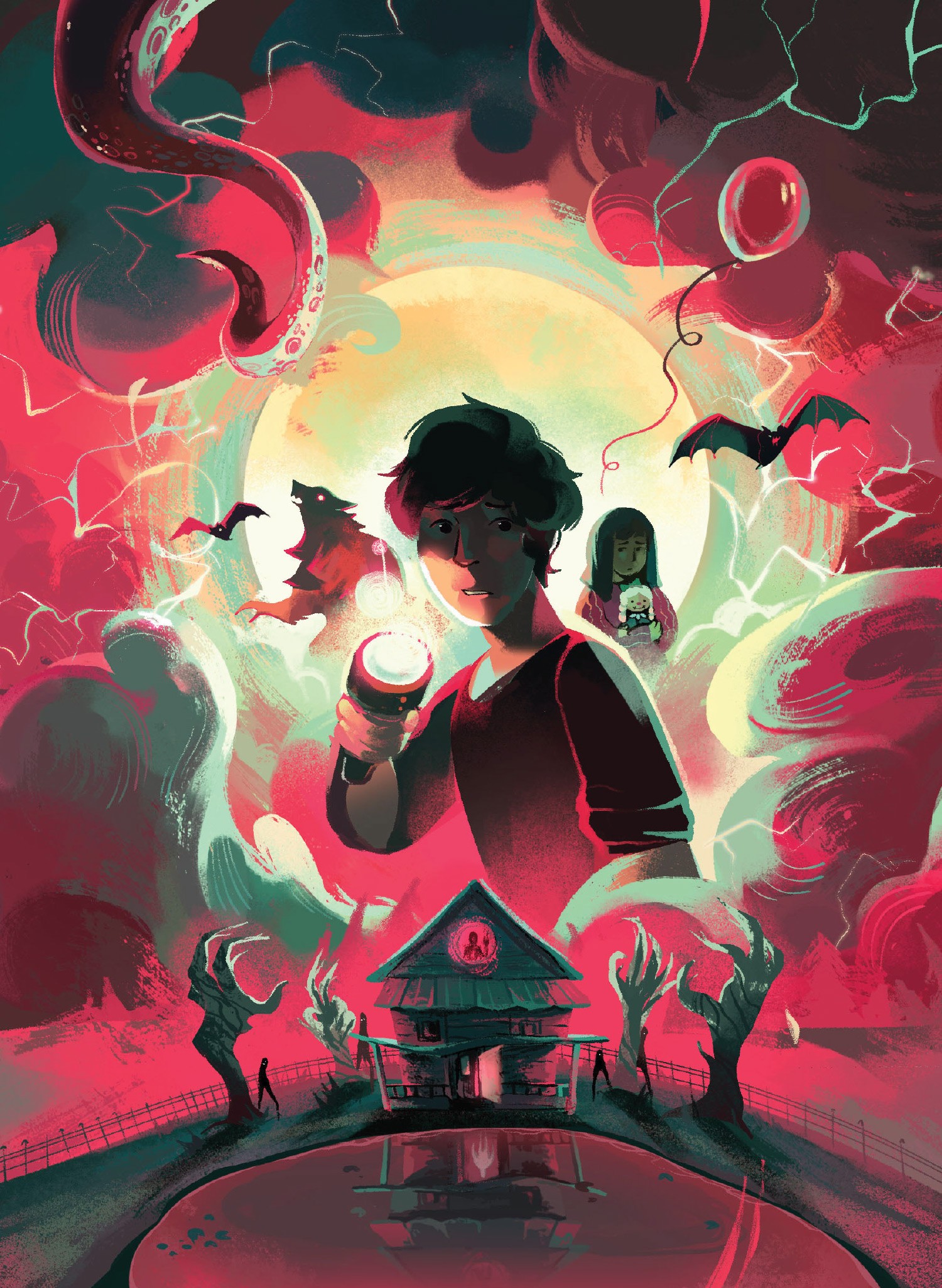
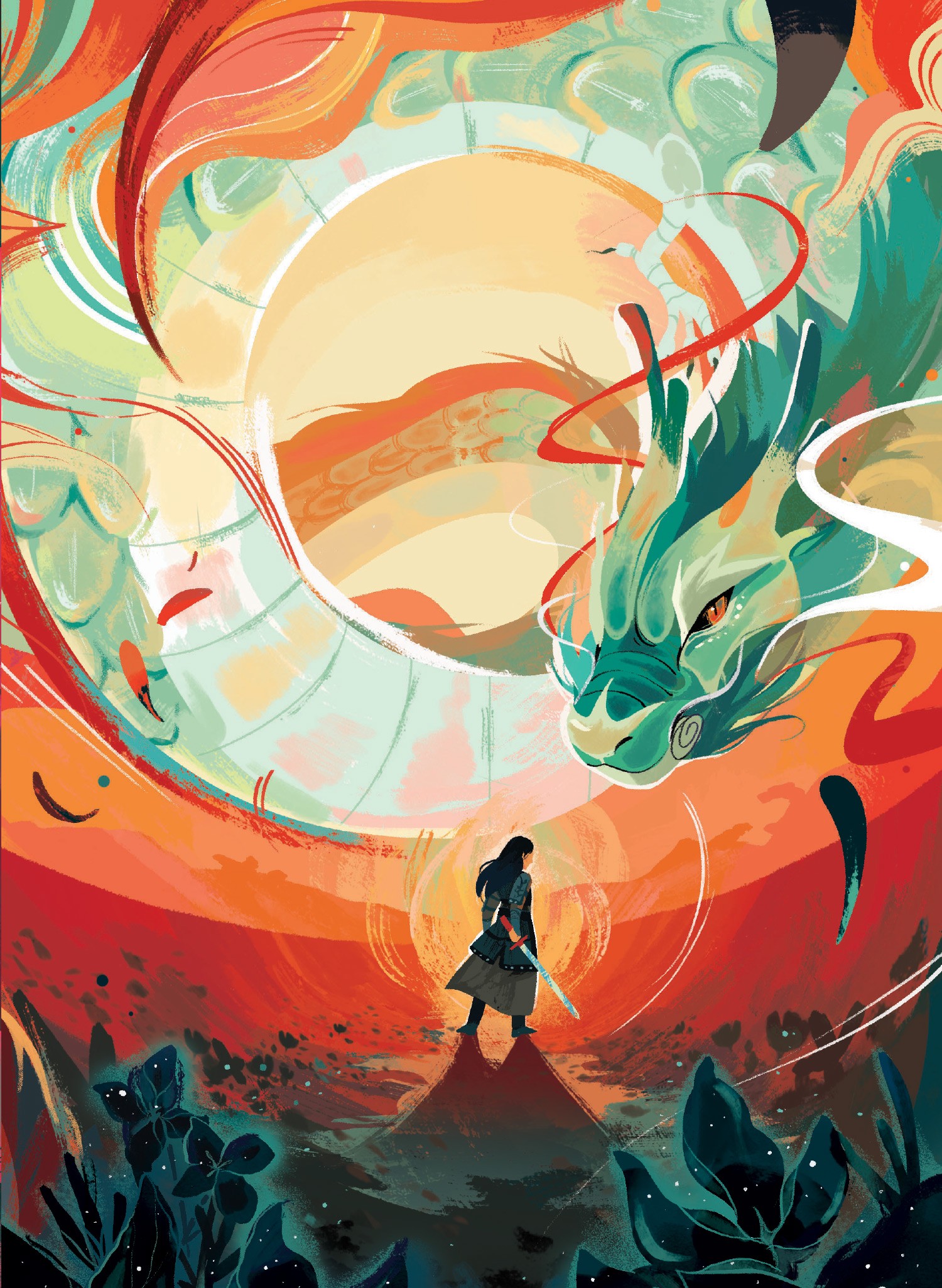
After graduating from Sheridan, how did you promote your work and get noticed by clients?
I started emailing editorial art directors right before I graduated. It’s not guaranteed that art directors will have a potential job with your work in mind immediately, so some friends and I found it beneficial to get a headstart while still in classes. Editorial is a great field as it allows you to create portfolio pieces quickly and gives your work another layer of exposure. Aside from that, posting on social media (Twitter and Instagram specifically) was a great spot to promote.
Did you feel the need to change or refine your portfolio before applying for jobs, or could you use some of your student work?
It may be considered taboo, but I still have some student work in my portfolio four years later. I felt confident in the work I was producing when I graduated. My main concern was having enough portfolio examples catered to the work I was looking for.
What does a typical work week look like for you, and how do you keep a healthy work/life balance?
An ideal work week is Monday–Friday, and hours can range between 35–60, depending on how much work I have with freelance and my business, Sulkypup. Upon graduating, one of the more difficult things was figuring out my work/life balance. When illustrating is your work and play, the line that separates the two can be muddied, which leads to burnout quickly. It’s easier said than done to define that line, and admittedly, it was difficult for me to develop post-grad. To counteract it, I heavily leaned into cutting off work at a certain point in the day and establishing a hobby or two that was not monetized in any shape or form. My main outlets are working out in the morning before work, baking, photography, and playing Minecraft.
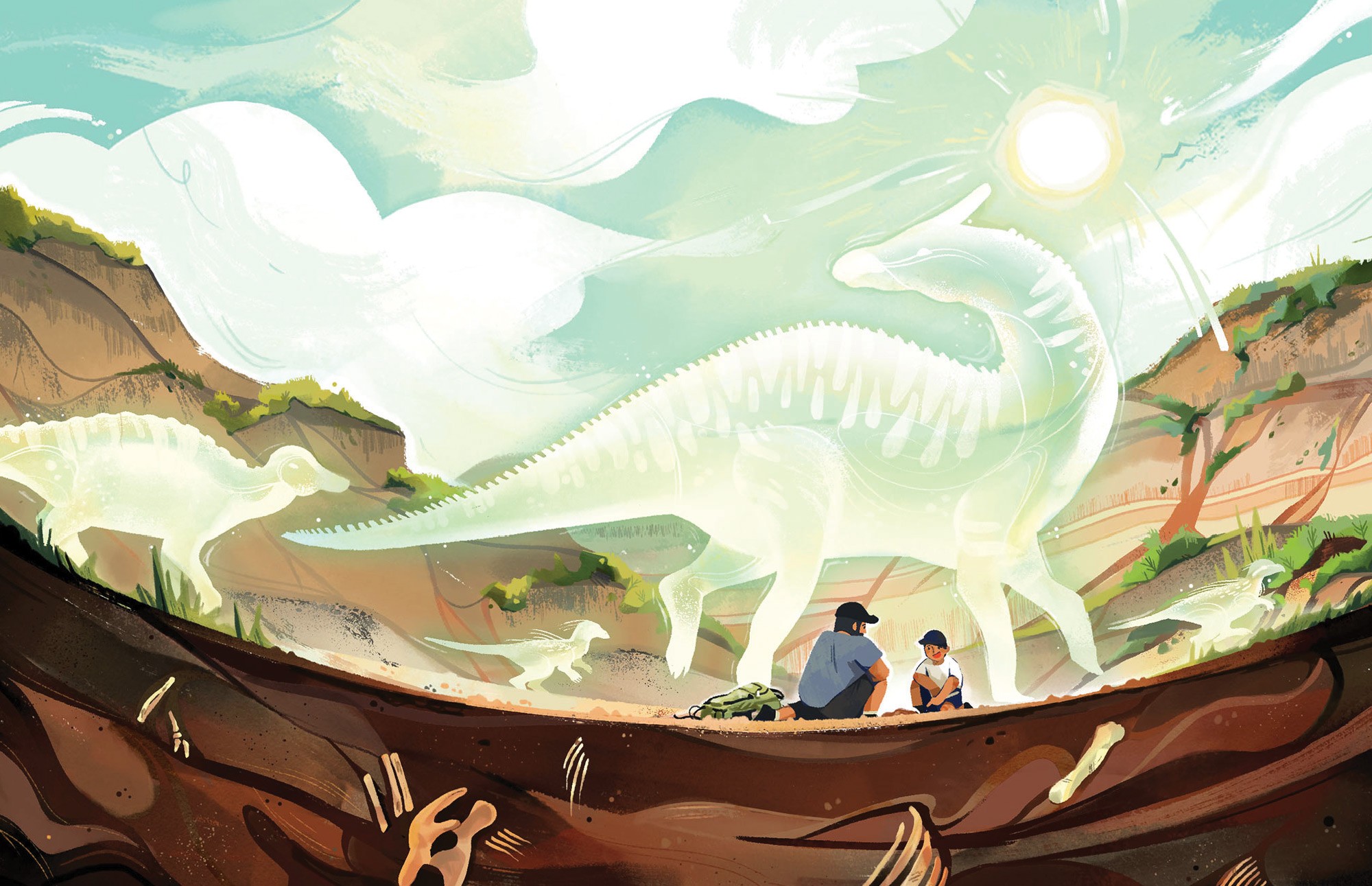
How long did it take to establish your business and yourself as a freelance artist?
This is still a work in process. It took two years to feel more comfortable with my business and freelance illustration career. There’s a lot of anxiety and uncertainty with getting work and making sales, and that anxiety isn’t 100% gone by any means, but I do take pride in the recognition and reach my work has achieved as well as the projects I’ve been a part of in the relatively short period I’ve been working.
How was your experience in finding/developing your art style to make your brand consistent?
This is something I established pretty well during the illustration program. I was always confident in how I used colours, but truly honing in what I enjoyed about illustration is something I began to develop at the end of second year and onwards. It was revolutionary when I realized I didn’t have to use line art in my process. Aside from that, my process of creating a piece is similar to that of a kid going through that period where they’re constantly asking, “Why?” “Why can’t this tree be purple?” “Why can’t this tiger be huge?” “Why not draw a random squiggle here if it looks fun?” Finding my style and branding has been a venture of curiosity and has felt the most enjoyable.
How did you get into creating product design/apparel as an illustrator? Did an indie company contact you, or did you have to go through the process of finding your own manufacturer?
I first started with apparel design by selling my Silly Dog Sweater design at Zine Zone. The feeling of seeing people wear your work was something that resonated with me, and I wanted to dive deeper into it. Around the same time, I was organizing a bulk order for my year to have a sweater design specified for our illustration cohort. The experience of researching manufacturers and comparing costs was something I carried over into my business. For specific products, I’ve been able to network and exchange manufacturers with other small businesses, but otherwise, they’ve been found through my research.
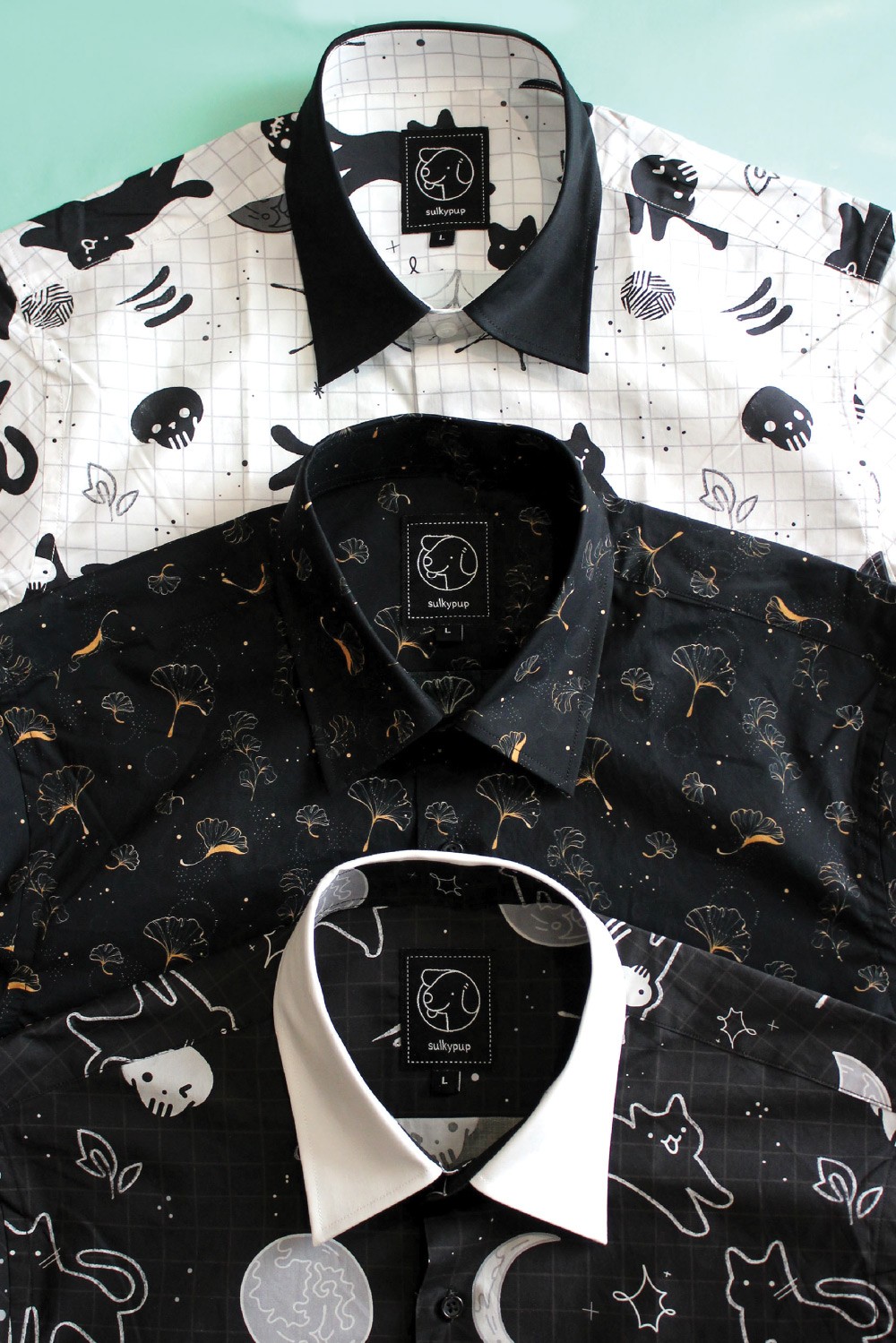
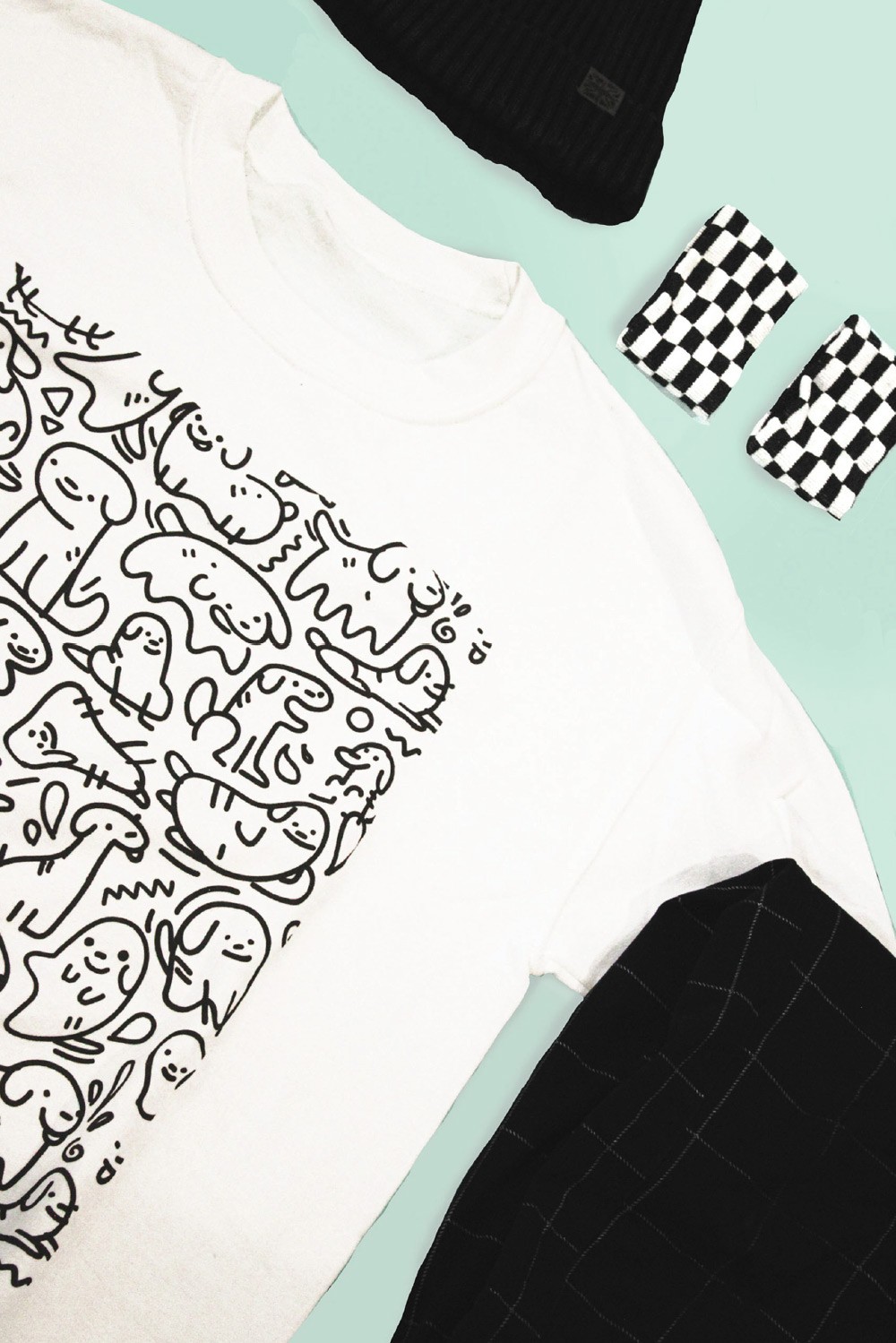
Being a freelance illustrator often means you are working alone at home. How do you stay in touch and network with other illustrators? Are there events or social media platforms that allow you to connect with other artists?
Social media is a big place to stay in touch and network. Different events like Canzine and TCAF in Toronto have always been great places to meet friends and other illustrators. Something I’ve done a bit more is taking part in zine projects to meet other illustrators that way.
What advice do you have for creative business owners who are just starting? What are some mistakes you made when you started your own business?
Don’t focus too much on what’s popular. Fads will come and go. Start small and only purchase products you can afford. If you want to make products based on an existing intellectual property, double-check, as some intellectual properties allow fan-merch with certain restrictions.
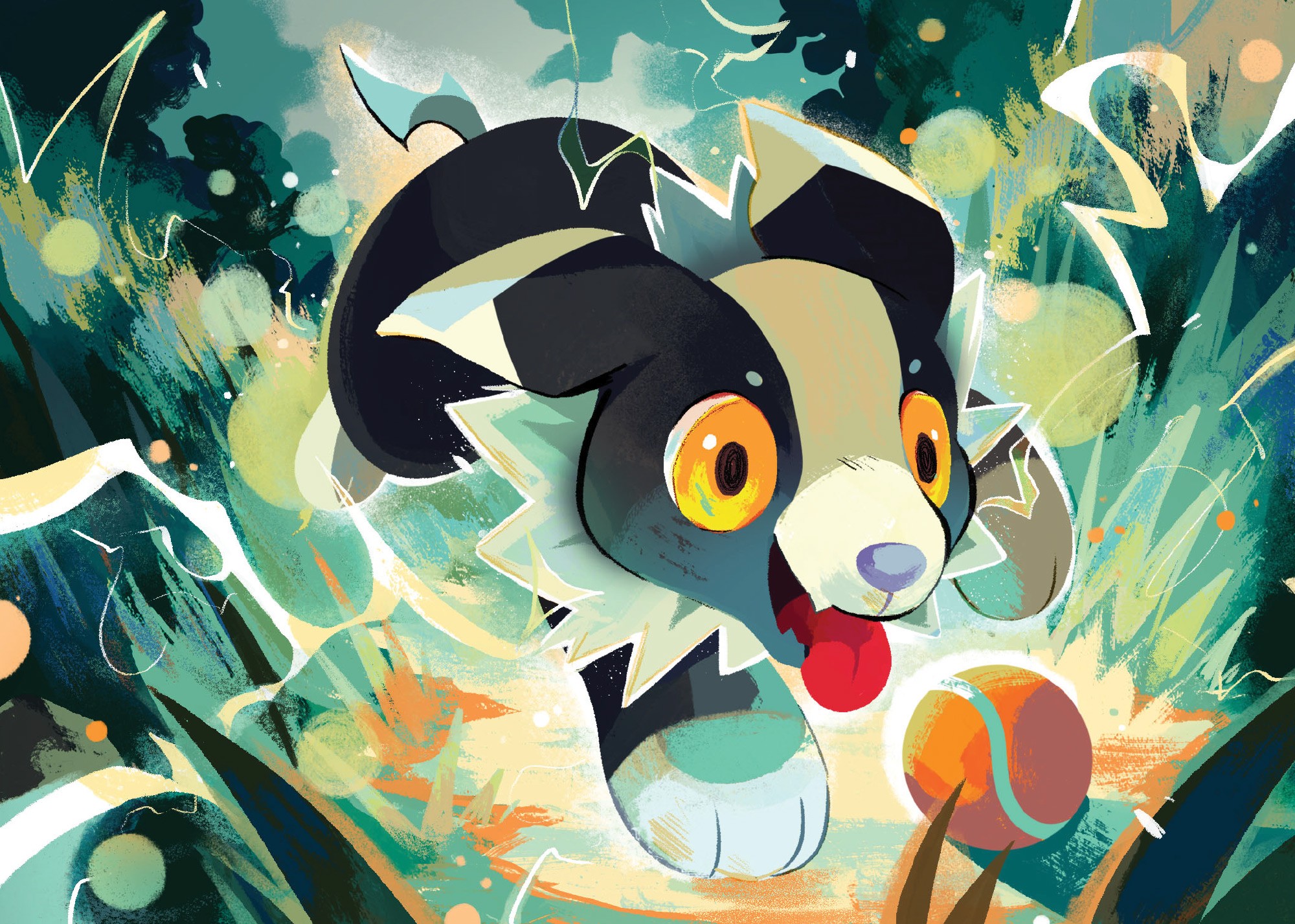
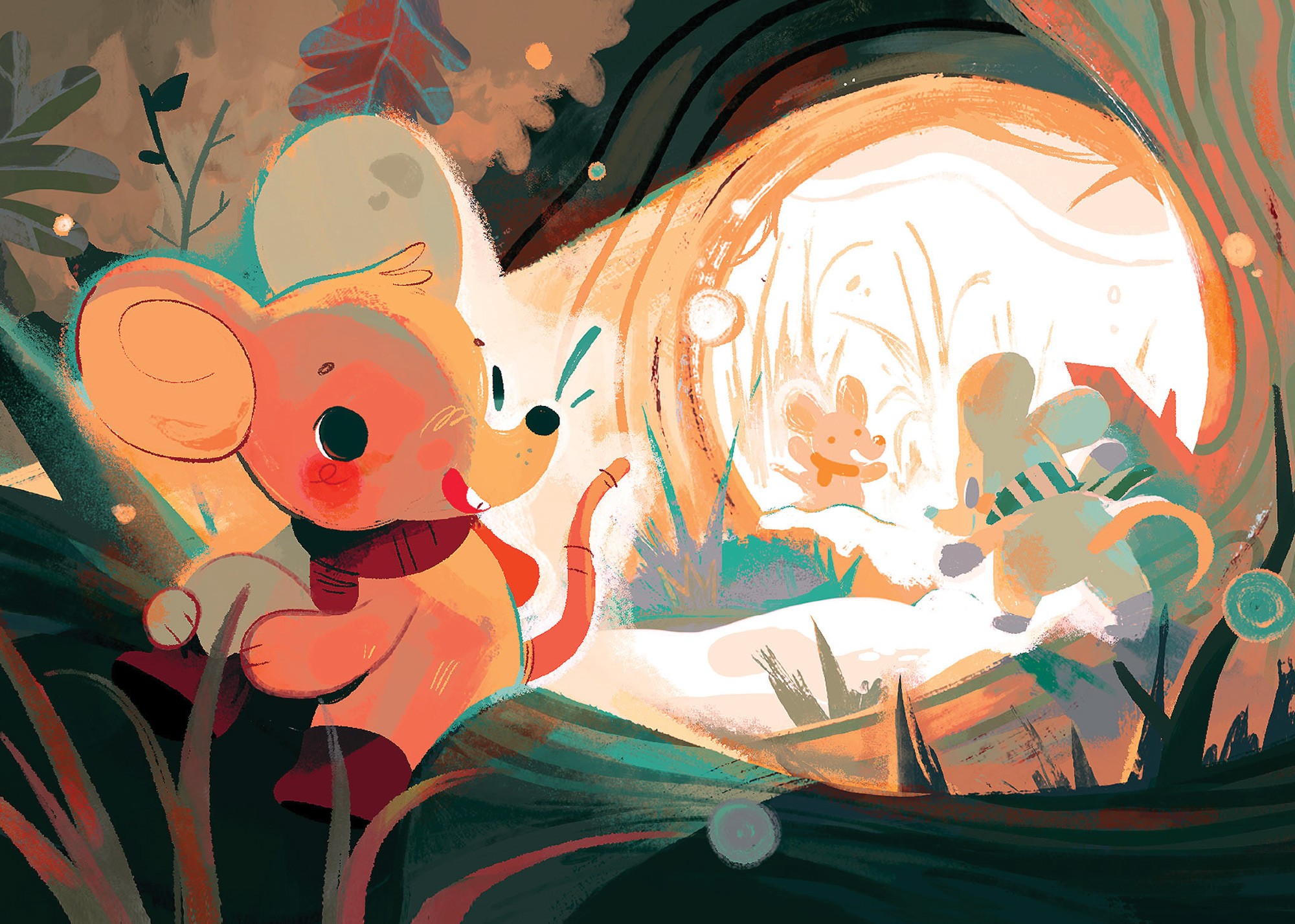
What is the most rewarding thing about being a freelance illustrator, and what are some downsides?
The most rewarding things are the variety of projects you get to work on, the people you get to meet, being able to control your working hours and having multiple income streams. Downsides include managing your work/life balance. For some, needing to be very self-disciplined, the workflow can be inconsistent, and the job can be very isolating.
What are your biggest influences, and where do you draw inspiration from?
Aside from finding inspiration from friends, I’m influenced a lot by nature and space. The two of them are so vast and filled with opportunities for discovery. I don’t want to lose a childlike curiosity for life, and through living, I am also creating. Illustrators whose work I admire are Molly Mendoza, Tabisumika, Paige Bowman, and Anna-Laura Sullivan.
To see more of Mathias’s work, visit www.mathiasball.com
Interviewed and presented by:
Chantelle Dorafshani, Sasha Galoustian, Matthew Patricio, Stacey Doomsday, Diana Sharaievska.